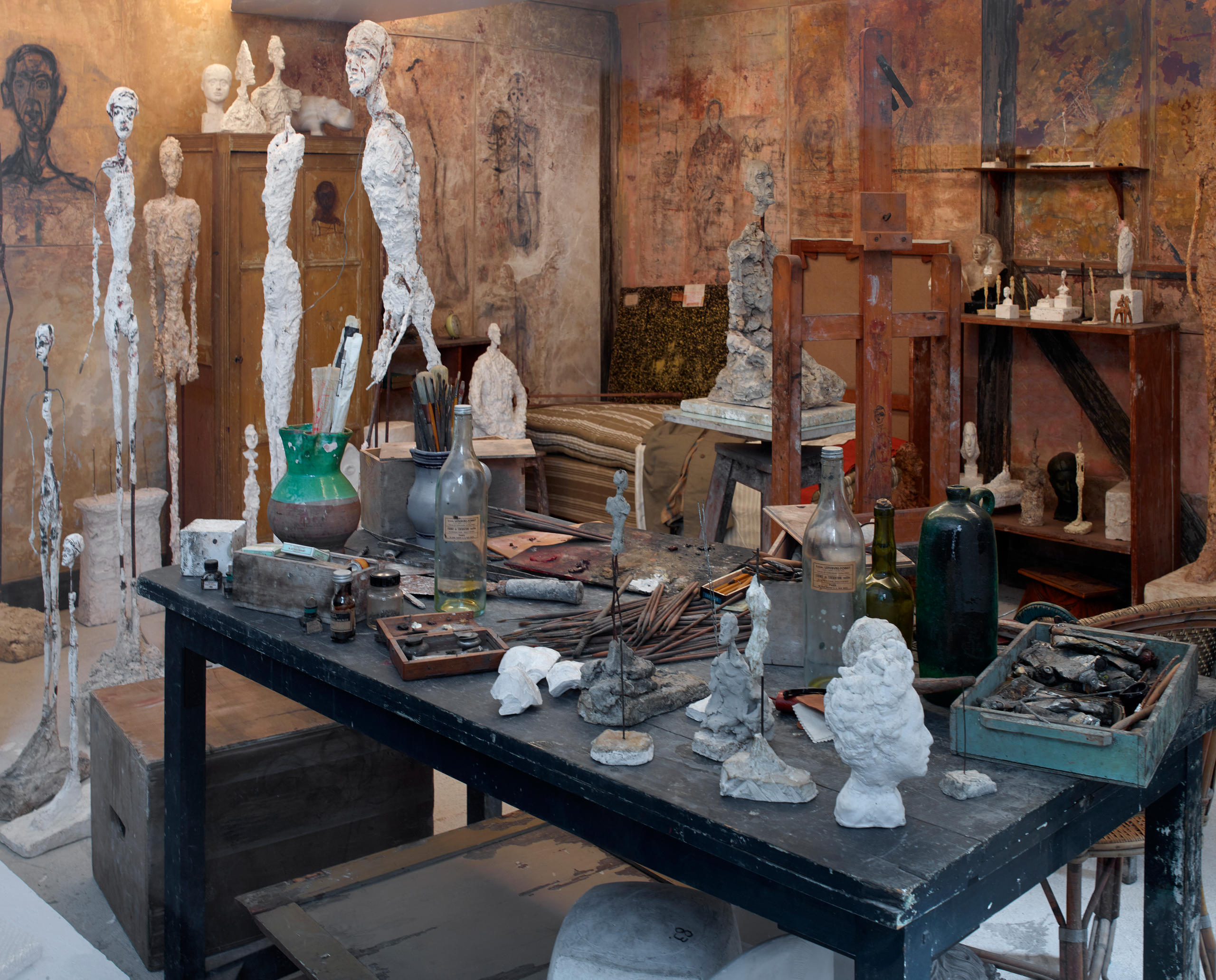
Technology for slashing nuclear power plant waste wins Swiss backing

Switzerland has endorsed a long sought-after technology known as “nuclear transmutation” to dramatically reduce the amount of radioactive waste from atomic power plants.
Do you want to read our weekly top stories? Subscribe here.
Nagra, the Swiss national body that manages nuclear waste, said it had spent several months exploring the method proposed by Geneva-based start-up Transmutex and had concluded that the technology could cut the volume of highly radioactive waste by 80%.

Storing highly radioactive material for hundreds of thousands of years has always been a huge and expensive problem for the nuclear industry.
+ Read more on a Swiss invention to make nuclear power safer
While more than 20 countries, including the US, France, the UK and South Korea, agreed at the UN COP28 climate negotiations last year to triple nuclear energy capacity by 2050, there is currently no long-term storage site in operation.
Finland is building the world’s first such facility, which it says will safely guard waste for 100,000 years.
“Transmutex is trying to solve the problem we have had for a long while in nuclear, which is not safety, actually, but waste,” said Albert Wenger, an investor at Union Square Ventures, which is financing the start-up.
Reinventing alchemy
+ Switzerland remembers Fukushima disaster
Nuclear transmutation is the conversion of one element into a different form, known as an isotope, or another element altogether. Transmutation has been a concept of fascination since the days when alchemists tried in vain to turn base metals into gold.
The idea of using the technique for managing nuclear waste has been a subject of interest for decades. Several countries have launched significant programmes to explore transmutation, according to the Nuclear Energy Agency of the intergovernmental OECD.
Transmutex proposes to use a particle accelerator coupled to a reactor to combine subatomic neutron particles with thorium, a slightly radioactive metal. This produces a uranium isotope that then fissions, releasing energy. Unlike uranium, thorium does not produce plutonium, or other highly radioactive waste.
Reduce radioactive levels
“If it can be demonstrated to work, you basically get the best of both worlds,” said Jack Henderson, chair of the nuclear physics group at the UK’s Institute of Physics and a researcher at the University of Surrey. “You are able to reduce the level of radioactivity produced by burning up some of the longer-lived isotopes produced in your reactor — and you get energy out at the same time.”
Franklin Servan-Schreiber, chief executive of Transmutex, said transmutation was the “first technology that has been taken seriously by a nuclear waste agency to reduce the amount of nuclear waste”.
He said it could be used on 99% of the world’s nuclear waste and would reduce the time it remains radioactive to “less than 500 years”.
“This is very significant because you can guarantee waterproof storage for 1,000 years,” he said. He added that the process also reduced the volume of waste by 80%.
High costs
Servan-Schreiber said the idea behind the process had been conceived by Carlo Rubbia, the former director-general of the Cern particle physics laboratory.
A potential obstacle to the viability of transmutation is the cost of set-up. The price of building a reactor coupled with a particle accelerator is unclear, but the Large Hadron Collider at Cern cost about $4.75 billion.
The study undertaken by Nagra and Transmutex found that the technology could “dramatically reduce the volume of high-graded radioactive waste and reduce the lifetime for a very significant part of that waste category tremendously,” said Matthias Braun, head of Nagra.
Switzerland voted in a 2017 referendum not to replace its existing four nuclear reactors but Servan-Schreiber said the results gave “credence to this technology for other countries”, adding that he was in talks with at least three countries over a possible deal.
Copyright The Financial Times Limited 2024

In compliance with the JTI standards
More: SWI swissinfo.ch certified by the Journalism Trust Initiative





























You can find an overview of ongoing debates with our journalists here . Please join us!
If you want to start a conversation about a topic raised in this article or want to report factual errors, email us at english@swissinfo.ch.